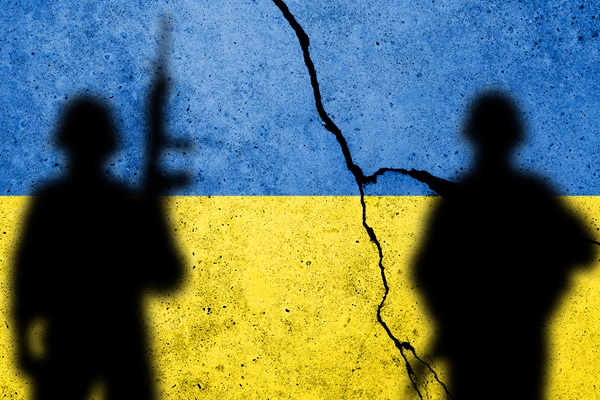.png)
July 3, 2025 at 3:20 AM IST
As war hardens borders and tariffs carve up trade routes, the Environmental, Social, and Governance agenda faces its most severe stress test yet. The world is doubling down on climate commitments, but also on conflict, control, and competition. And in the middle of it all sits India, juggling growth, diplomacy, and green ambition.
Tug of Priorities
The clean energy transition isn’t just about carbon anymore. It is caught in a geopolitical tug-of-war. The prolonged wars in Ukraine and Gaza, the attacks in the Red Sea, and the tariff fights over Chinese electric vehicles and solar panels have disrupted supply chains and driven up prices. The European Union recently finalised tariffs of up to 38.1% on Chinese EVs. Meanwhile, the US maintained its 100% levy. The goal: protect domestic industry. The fallout: fragmenting global green technology supply chains, and slowing down clean energy transitions just as the IPCC warns of narrowing pathways to 1.5°C.
For India, this fragmentation is both a risk and an opportunity. With 7.8% GDP growth in April-June 2025, it remains the world’s fastest-growing major economy. But it also faces a triangle of trade-offs:
Growth vs Pressure: India emits just about 1.9 tonnes of CO₂ per capita, less than half the global average of 4.7 tonnes (IEA, 2024). But that’s no shield. Investors and trading partners are turning up the heat on tighter ESG commitments. For a country that needs to create meaningful work for 900 million by 2030, the space between economic justice and climate ambition is tight—and narrowing.
Geopolitical Risk Premiums: Shipping disruptions have already raised freight rates for Indian exporters by 25-30% since early 2025. Input costs are rising for clean tech across the board. And with the West cutting itself off from Chinese solar and battery components, India may have to fill the gap faster than planned, whether it is ready or not. Production-linked incentive schemes worth ₹2.4 trillion help, but the scale of the ask is growing.
Oil vs Options: Russia remains a key supplier in India’s diversified crude import basket post-Ukraine conflict. Any escalation tightens fiscal room just when India needs to expand green subsidies and finance a $20-25 billion annual energy transition (ICRA estimate).
India is trying to build credibility in green markets, but capital isn’t rushing in. Global ESG fund flows into India remain under 5% of Asia ex-China allocations. Part of the problem: evolving disclosure standards, uneven governance.
However, positive momentum is visible.
The new carbon trading framework this year could unlock $5-10 billion in market value by 2030 (CRISIL). Also, SEBI’s BRSR Core norms for the top 1,000 listed companies will raise the floor on ESG reporting. The challenge now is building capacity.
Despite rising geopolitical divides, India’s position as both a Quad member and a Global South voice gives it unusual leverage. At COP28, it helped broker consensus to triple global renewable capacity by 2030. Its upcoming G20 presidency themes reinforce focus on equitable climate finance, resilient supply chains, and Just Transition frameworks. This is where India has room to lead—not by picking sides, but by framing a new middle path.
Strategic Implications
- Secure Green Supply: Build local capacity in batteries, solar, hydrogen—urgently—to hedge against global supply chain disruptions.
- Finance The Gap: Use blended tools, sovereign guarantees, and bond market depth to mobilise $20-25 billion annually.
- Leverage Diplomacy: Help define global ESG frameworks that aren’t one-size-fits-all.
- Link ESG to Security: Think food, fuel, and resilient supply chains; not just emissions.
The ESG debate isn’t just about temperature targets anymore. It’s about power, positioning, and whose rules define the path. India will have to navigate it without losing focus or footing.
Done right, India can do more than keep pace. It can set the pace.





